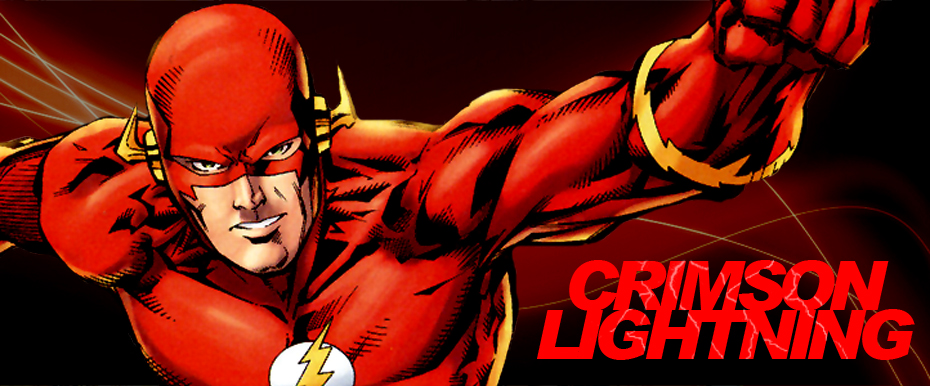
Escape Velocity: Superman and the Flash have shared many a race, but none of those competitions has taken the form of a safe and simple lap or two around the track. Those races have always been fraught with peril and outrageous obstacles. In this episode from The Flash #175--featuring "The Race to the End of the Universe" by E. Nelson Bridwell and Ross Andru--the monarch of motion has been caught in a sticky, viscous sort of meteor laid out as a trap. He is saved only when the Metropolis marvel, his esteemed competitor, graciously hurls that meteoric anomaly into the atmosphere of a nearby Earth-like planet. Considering the speeds that the Flash achieves on land, it's no surprise that he's able to survive the extreme heat of atmospheric re-entry: "my aura protects me from friction-induced heat!" How will our quick-thinking hero manage to escape the planet's gravitational pull, however? "By whirling, I can set up a tornado of air which'll lift me back into space!" Let us cast our minds back to this week's installment of Flash Facts. Escape velocity, "the minimum speed required for a body to overcome the effects of Earth's gravity," is 25,000 mph. Let us also take into account the fact that the Flash would likely be close to 75 miles above the surface of this planet, the point at which the effects of atmospheric re-entry would begin to be felt. Is it at all conceivable that the crimson comet's now-famous tornado maneuver, dependent upon manipulating the air-currents of an ever-thinning atmospheric envelope, would allow him to acheive escape velocity? Or should he be signalling the man of steel for a bit of flight-enabled assistance? Oh, and the less said about Super-Ventriloquism, the better!
Issue: The Flash #175 (December 1967)

No comments:
Post a Comment